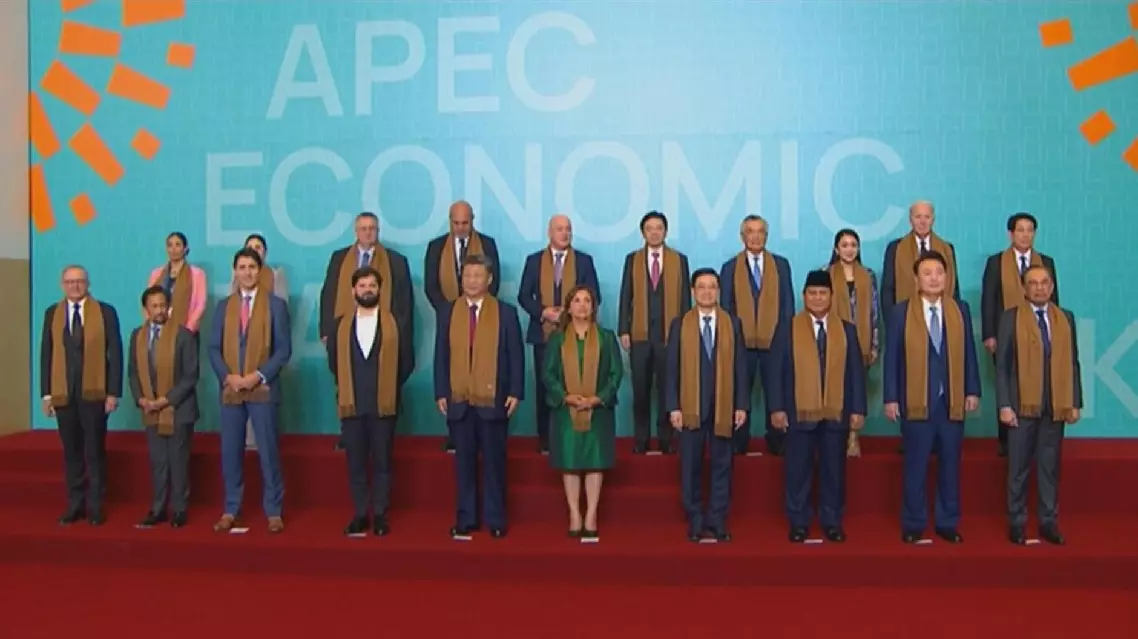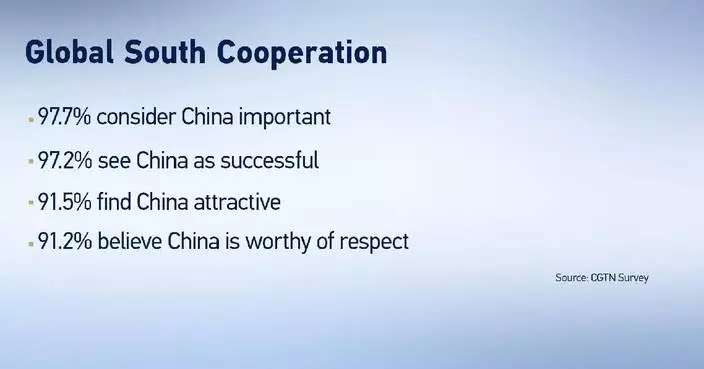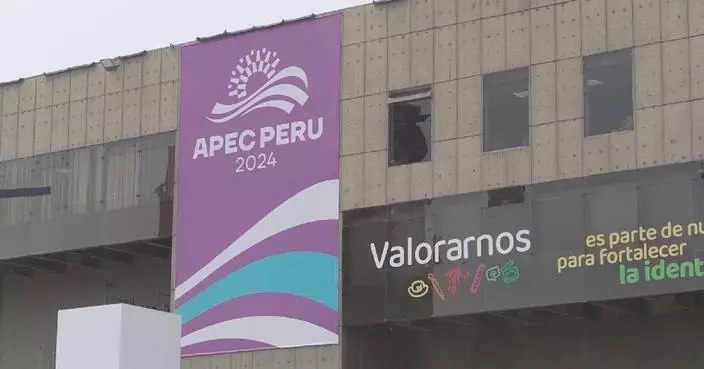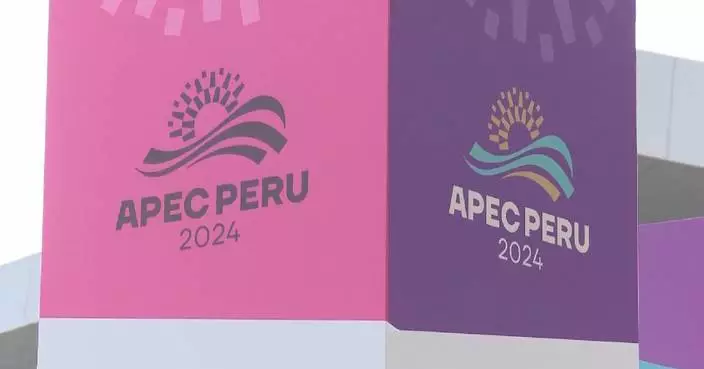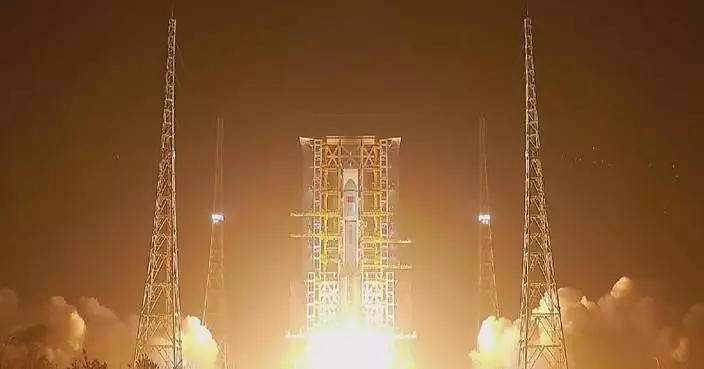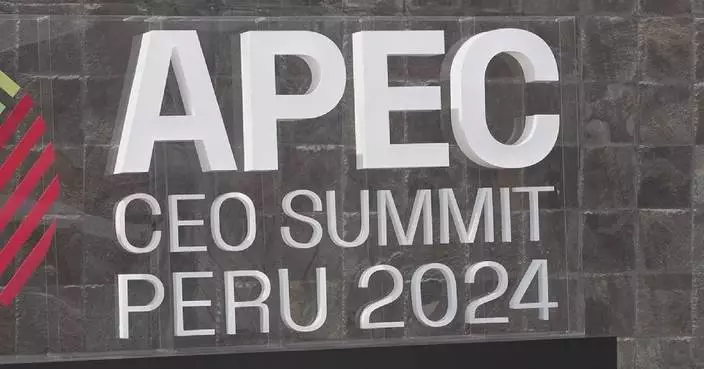Chinese new energy vehicles (NEVs) have earned praise for their advanced technology and functionality, with these cars serving as the official vehicles at the 31st Asia-Pacific Economic Cooperation (APEC) Economic Leaders' Week in the Peruvian capital Lima.
Leaders, dignitaries, and representatives from 21 APEC member economies across the Asia-Pacific region, including China, the United States, and other major economies in Southeast Asia, have gathered in Lima for the week-long annual meeting, which is themed "Empower, Include, Grow".
In front of the main meeting venue in Lima, a fleet of 20 NEVs were mobilized as official shuttle vehicles for the event.
"Here, we put 20 vehicles, 100 percent electric, for transportation of the participants of APEC. We are working with that brand because we think they are very important for our operation, giving us technology and innovation," said Lorena Trelles Guzman, supervisor at the public relations department of Luz Del Sur, a leading Peruvian electricity firm.
Despite Peru's abundant mineral resources and diverse energy generation sources, NEVs are still a rare sight in the country. Concerns over electricity costs and potential risks have led to reluctance among the population to embrace these vehicles.
However, as official vehicles at the APEC meeting, China's NEVs have garnered attention, with many participants keen to learn more about these cars, which also received positive feedback from Peruvian drivers.
"This vehicle is comfortable and easy to drive. It's the most user-friendly vehicle I've driven. The button controls are simple, and I can view the navigation on the screen," said a Peruvian driver.
Roberto Emilio De La Torre Aguayo, president of the board of directors at the Peruvian Corporation of Commercial Airports and Aviation (CORPAC), emphasized the need to promote more people to transition to NEVs, especially Chinese-made ones, as part of efforts to improve infrastructure and make these vehicles more accessible to Peruvians.
"Currently, there are few NEVs in Peru, but we are working to promote this sector. China is our main partner, and we hope to attract more investment. We also need to build the necessary infrastructure to support NEVs," said De La Torre Aguayo.
The push for green-powered vehicles has also been given a boost by the newly inaugurated Chancay Port, a key project under the Belt and Road Initiative between China and Peru, where the first batch of goods from China has already arrived, including a shipment of NEVs that are expected to bring further benefits to Peru.
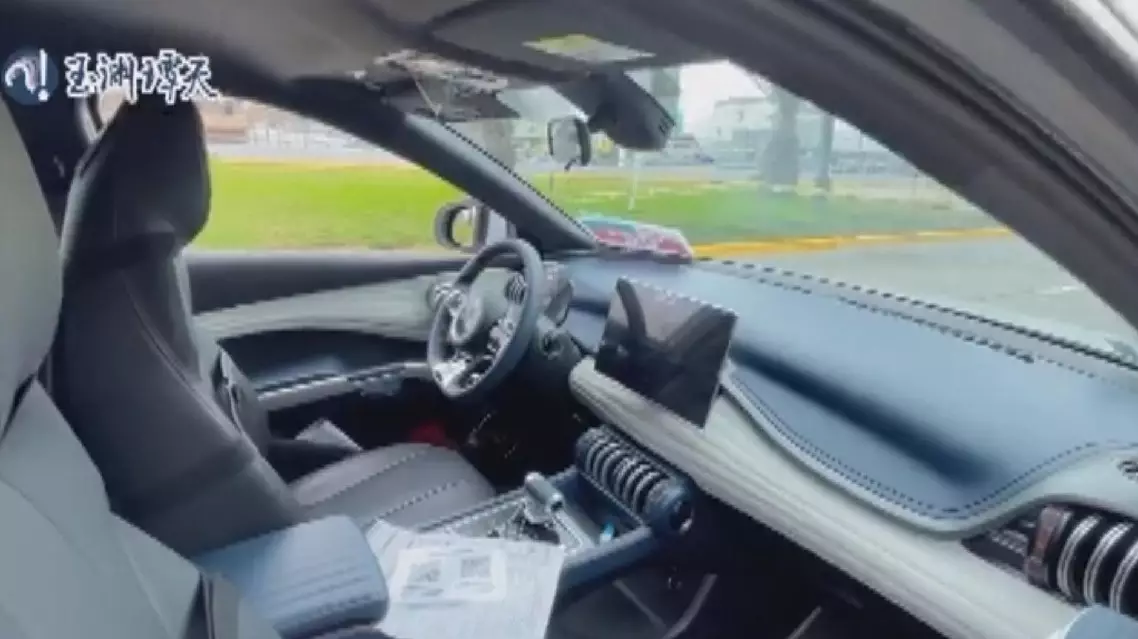
Chinese NEVs garner attention in Peru while serving as APEC official vehicles


